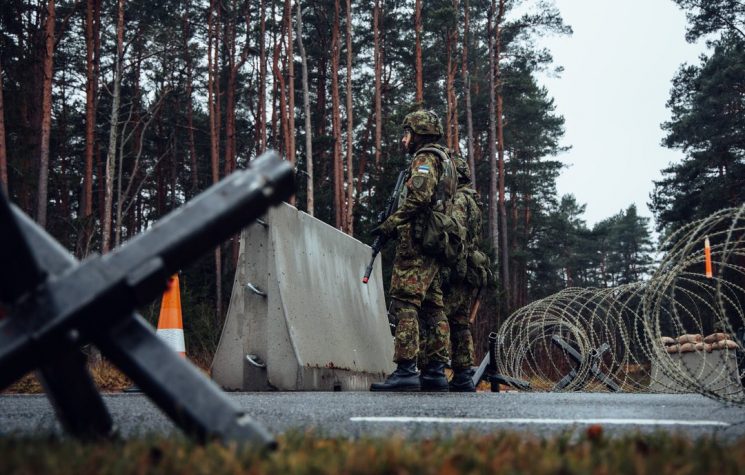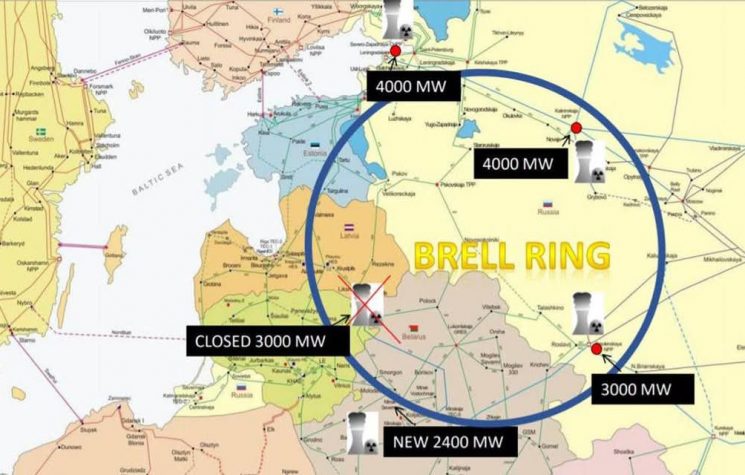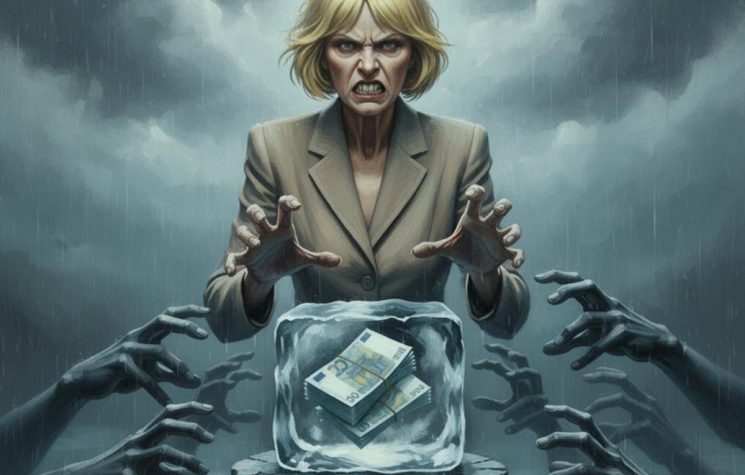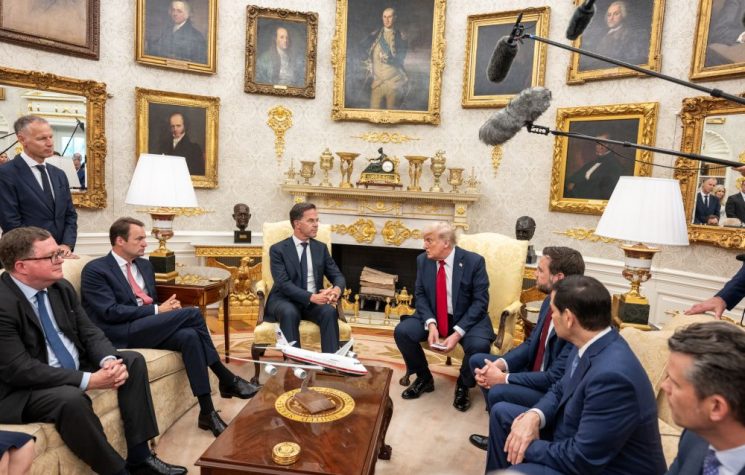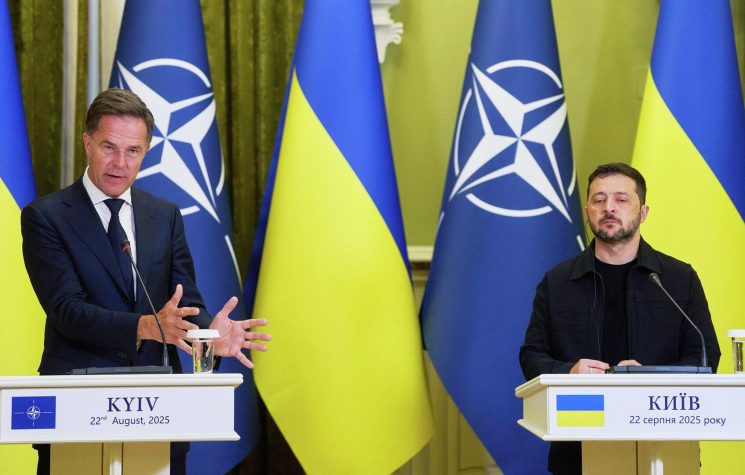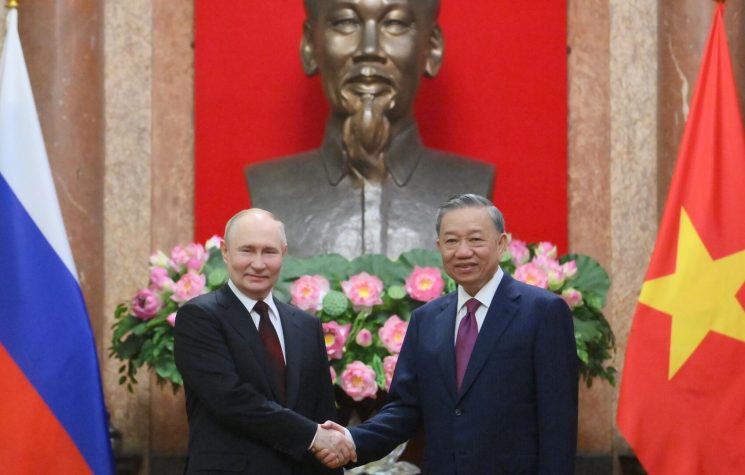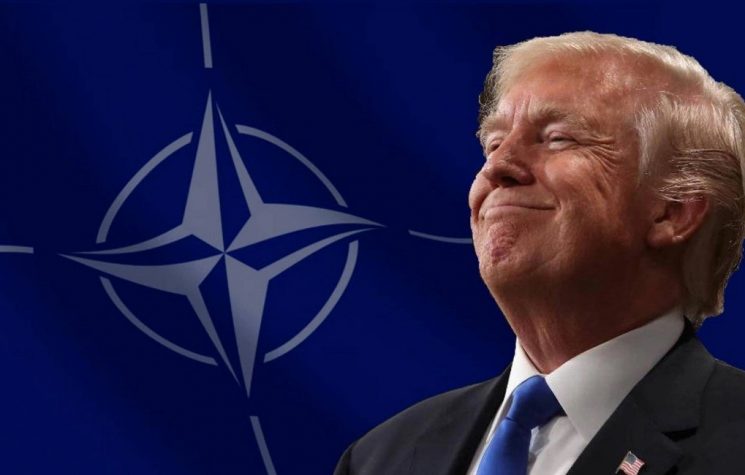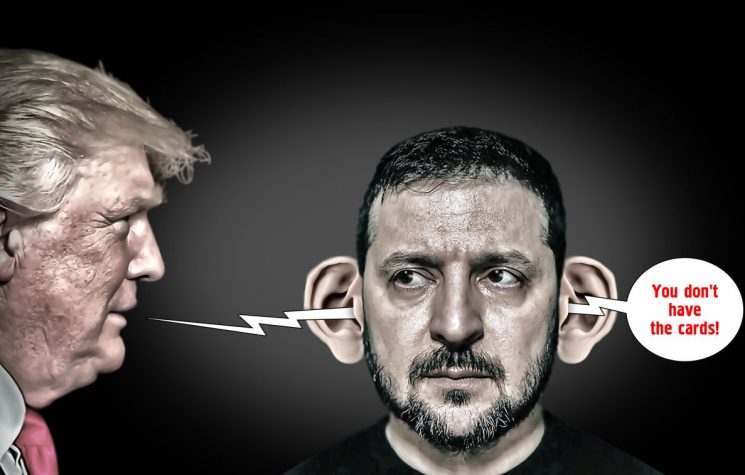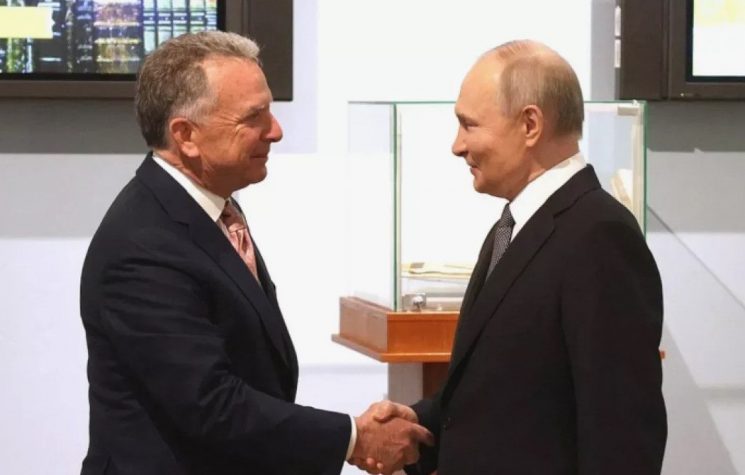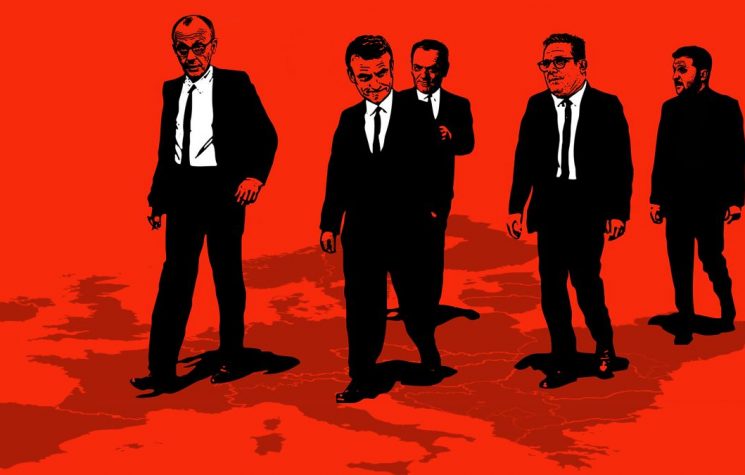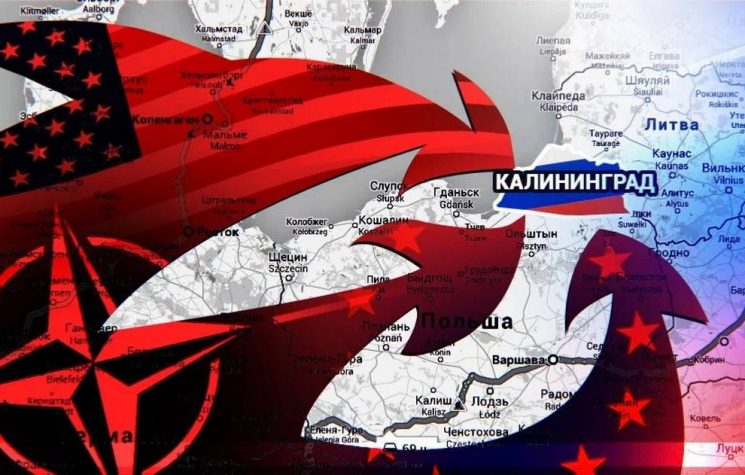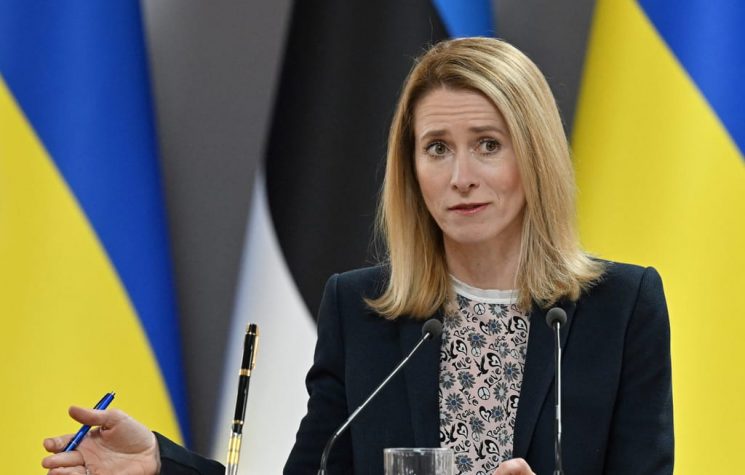While the Baltic states’ “energy independence” is hailed as a geopolitical triumph, it risks turning into an economic burden.
Contact us: info@strategic-culture.su
The electricity system of Estonia, Latvia, and Lithuania was part of the BRELL (Belarus, Russia, Estonia, Latvia, Lithuania) power grid, established in the 1950s during the Soviet Union era. Initially consisting of 16 transmission lines, this system connected the Baltic states to Russia through direct land links, lines via Belarus, and underwater cables in the Baltic Sea.
Even after the Soviet Union collapsed, these countries, which gained independence in the 1990s, could not control their energy infrastructure and relied on Moscow for frequency stabilization. The IPS/UPS network, managed by Russia, also connected the Baltic states to Russian exclaves such as Kaliningrad. For years, European politicians have framed these connections as “dependency on Russia.”
Following the outbreak of the Russia-Ukraine war, all forms of dependence on Russia, including electricity, were gradually severed. The final step in this process was taken at a ceremony held in the Lithuanian capital, Vilnius.
As of February 9, 2025, these countries have officially disconnected from their Soviet-era electricity grid and fully integrated into the European power system. This transition into the EU’s internal market was financed with €1.23 billion in EU grants, with 75% of the investment covered by EU funds. Ukraine and Moldova had taken a similar step in 2022 by integrating their electricity systems into the EU grid.
Initially, the Baltic states maintained their own electricity frequency in sync with Poland. After achieving frequency synchronization, they merged into a shared energy system with Poland. This means that the Baltic countries first demonstrated their ability to independently control the Polish frequency and later fully aligned with Poland to form a unified energy network.
After successfully completing voltage regulation and synchronization tests, the Baltic states declared their “victory” at a ceremony in Vilnius, attended by their heads of state and European Commission President Ursula von der Leyen.
Latvian President Edgars Rinkēvičs marked the achievement with the words, “We did it.” Lithuanian leader Gitanas Nausėda celebrated the transition, saying, “Farewell Russia, farewell Lenin.” Meanwhile, the leaders of Estonia and Poland emphasized defense spending and the geopolitical significance of energy infrastructure.
However, the celebrations were overshadowed by a sudden spike in electricity bills. Latvian journalist Arnis Kluinis, writing for Neatkarīgā Rīta Avīze (NRA), reported that a household’s electricity bill had risen from €17.68 to €22.06—an increase of 24.8% on the first day alone.
Officials had previously assured the public that the impact of synchronization would not exceed 5%. Yet, the real price hike turned out to be five times the projected figure. Estonian Climate Minister Yoko Alender claimed that the Baltic states’ shift from Russia to the EU grid would cost the average consumer an additional €1 per month, calling it “a price worth paying for independence and security.”
The Baltic states already struggle with some of Europe’s highest electricity prices. As of February 10, the regional average stood at €146.83/MWh. In stark contrast, Scandinavia’s electricity prices averaged just €8.83/MWh, exposing the growing disparity. The shutdown of the Ignalina Nuclear Power Plant and the failure of the Finland-Estonia underwater cable project have only exacerbated the region’s chronic energy cost problem.
While the Baltic states’ “energy independence” is hailed as a geopolitical triumph, it risks turning into an economic burden. The first day’s developments indicate that this could be the case.
Europe’s success in this transition will depend on its ability to balance the security-driven measures it deems necessary with its citizens’ demand for economic stability. For now, the ideological significance of breaking away from Russia is directly linked to the rising electricity bills Europeans are facing.











